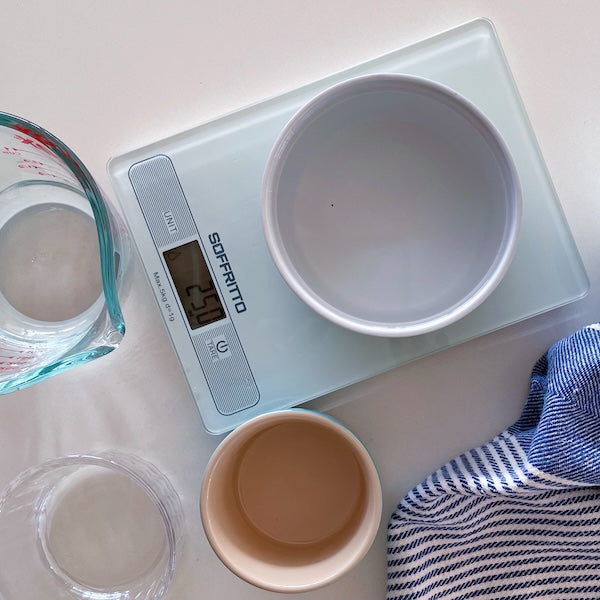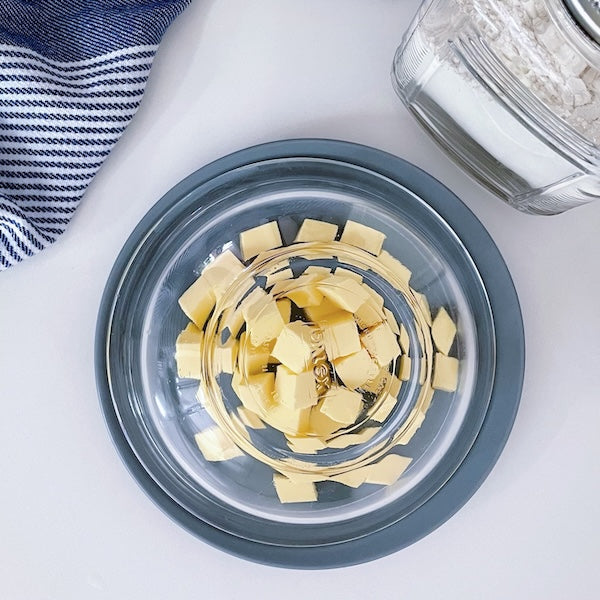BakeTips

Over-proved Bread Dough
When proving a bread dough for the final time once it has been shaped, and just before it is baked, it is important not to prove it for too long as it can have a noticeable effect on not only the texture, but also the size, colour, flavour and aroma of your final bread.
These two rolls were made from the same batch of dough, and were glazed with the same egg wash, but the one on the left was proved for 20 minutes longer than the one on the right.
When a dough has been over-proved the carbon dioxide bubbles produced by the yeast through fermentation within the dough become too large and the gluten structure that hold them become weak. When baked, an over-proved bread dough won’t rise as much (when compared with a dough that have been proved for the correct amount of time) as these large air pockets have already almost exhausted their potential to expand. As these over-expanded air pockets put extra pressure on the weakened gluten structure, they will often cause the dough to collapse giving it a misshaped and ‘wrinkled’ appearance (as you can see in the roll on the left).
As a result the final bread of an over-proved dough will be pale (due to the yeast consuming all of the available starches and sugars in the dough through the fermentation process), have a low-volume (usually about 20 to 40 per cent less than it would have been if proved for the right amount of time) and have a unpleasant yeasty flavour and aroma, similar to stale alcohol (due to the excessive fermentation of the yeast) – eeekkkk! The texture will also be crumbly, more compressed and heavier than a correctly proved bread.
So how can you tell if a dough has been proved for long enough? A good way to tell if it is ready for the oven is that when you press your finger into the side of the dough it will leave a small indent which springs back slightly. If it springs back more fully it hasn’t been proved for long enough and needs a little longer. If it doesn’t spring back at all, or the dough collapses under the pressure, it has been over proved.
The best way to save an over-proved dough is to knead it together until it reaches its original size, reshape and then reprove, keeping a good eye on it so it doesn’t over-prove again. The flavour will be slightly yeastier than if it hadn’t had this extra proving, but the texture and colour will be similar.








